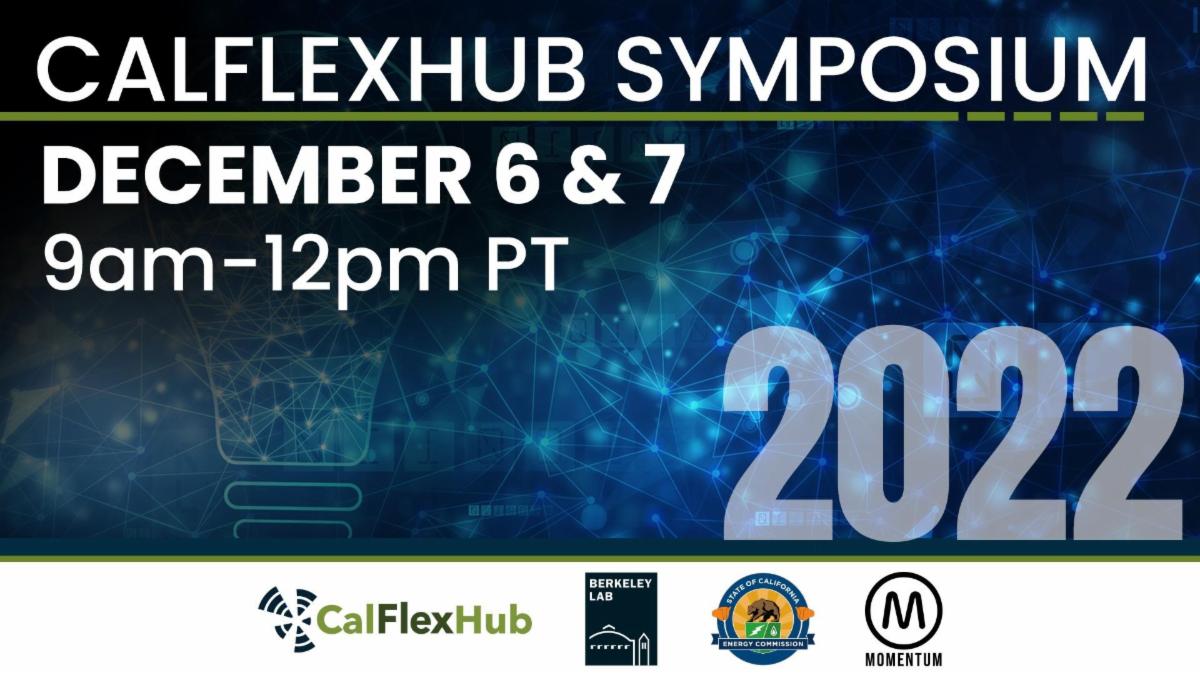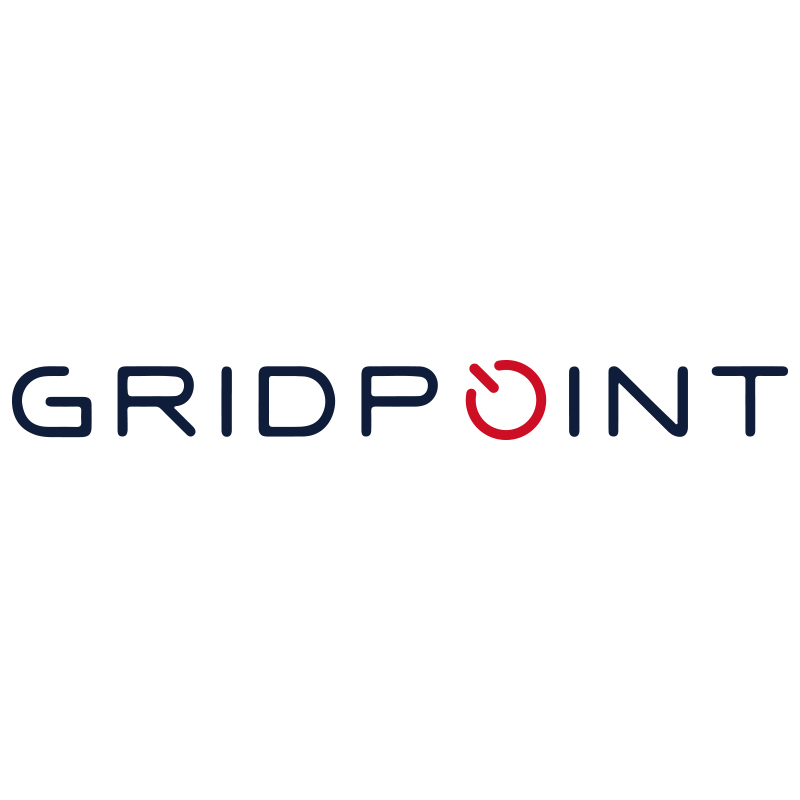 The year is in full swing at CalFlexHub! This year’s research activities will yield findings to support California’s transition to a clean, affordable, equitable, and reliable energy system. As decarbonization of the energy system deepens, dynamic, responsive loads across all building types will become increasingly important. 2023 specifically will include an ongoing set of unique and novel activities to develop and evaluate technologies that can respond to hourly price signals and, in so doing, reduce energy bills for consumers while simultaneously reducing the carbon footprint of energy end uses. This is especially important to mitigate peak demand as it coincides with a drop in renewable energy production. For example, we are testing the use of price signals to control heat pump water heaters, HVAC controls, and thermostats, and evaluating HVAC and water heating with thermal energy storage. The aim is for these systems to provide the same service as their unresponsive peers. That is, the same or an enhanced end-user comfort experience with the added benefits of serving as a responsive load.For example, we are testing the use of price signals to control heat pump water heaters, HVAC controls, and thermostats, and evaluating HVAC and water heating with thermal energy storage. The aim is for these systems to provide the same service as their unresponsive peers. That is, the same or an enhanced end-user comfort experience with the added benefits of serving as a responsive load.
The year is in full swing at CalFlexHub! This year’s research activities will yield findings to support California’s transition to a clean, affordable, equitable, and reliable energy system. As decarbonization of the energy system deepens, dynamic, responsive loads across all building types will become increasingly important. 2023 specifically will include an ongoing set of unique and novel activities to develop and evaluate technologies that can respond to hourly price signals and, in so doing, reduce energy bills for consumers while simultaneously reducing the carbon footprint of energy end uses. This is especially important to mitigate peak demand as it coincides with a drop in renewable energy production. For example, we are testing the use of price signals to control heat pump water heaters, HVAC controls, and thermostats, and evaluating HVAC and water heating with thermal energy storage. The aim is for these systems to provide the same service as their unresponsive peers. That is, the same or an enhanced end-user comfort experience with the added benefits of serving as a responsive load.For example, we are testing the use of price signals to control heat pump water heaters, HVAC controls, and thermostats, and evaluating HVAC and water heating with thermal energy storage. The aim is for these systems to provide the same service as their unresponsive peers. That is, the same or an enhanced end-user comfort experience with the added benefits of serving as a responsive load.
The California CPUC and CEC are both committed to using dynamic prices to motivate new control methods to communicate with flexible devices. Every CalFlexHub project will evaluate, verify, and demonstrate these control methods.
While developing and evaluating these technologies is important, we know that the technologies will not be adopted at scale should customers find them confusing or otherwise a complicated, taxing, or unpleasant experience. In that spirit, CalFlexHub is conducting an analysis of usability and potential bill impacts associated with these technologies. This includes special attention to low-income and disadvantaged communities which are particularly sensitive to changes in energy bills.
 We are glad to have capped off 2022 with the first annual CalFlexHub Symposium. Hosted December 6 and 7 of 2022, the Symposium brought together industry, utility representatives, researchers, manufacturers, and nonprofits to hear updates on CalFlexHub’s portfolio of projects while sharing and gathering information on the latest policies, research, and developments in load flexibility.
We are glad to have capped off 2022 with the first annual CalFlexHub Symposium. Hosted December 6 and 7 of 2022, the Symposium brought together industry, utility representatives, researchers, manufacturers, and nonprofits to hear updates on CalFlexHub’s portfolio of projects while sharing and gathering information on the latest policies, research, and developments in load flexibility.
We want to know your thoughts on the event and work to make the next event even better! Please spare a few moments and complete this survey.
Our gratitude to the hundreds who attended the Symposium and to those who presented for sharing their expertise and knowledge, and taking the time to support this important work. To revisit the Symposium or enjoy it for the first time, all sessions were recorded and are available here.
Disadvantaged Communities in Focus
As research ramps up in 2023, it is crucial to underscore the CalFlexHub Project’s commitment to serving disadvantaged and low-income communities (DAC/LIs). DAC/LIs are areas throughout California that are most burdened by intersectional combinations of poor economic, health, and environmental outcomes and defined by the State of California through its CalEnviroScreen tool. These burdens include poverty, high unemployment, air and water pollution, the presence of hazardous wastes as well as high incidence of asthma and heart disease.
CalFlexHub’s work must benefit every Californian. The vision for equity states:
California investments in load flexible technologies will enable direct benefits to DAC and LI communities helping to reduce energy costs, improve air quality, and provide reliable building and transportation services.
To that end, CalFlexHub undertakes a three-part strategy guided by an Equity Advisory Committee to deliver benefits broadly and purposely. First, identifying priority populations and their status as a disadvantaged and/or low-income community. Second, identify, understand, and address a need through the project’s work. Third, provide a direct, meaningful, measurable benefit by meeting a need. Currently, there are many projects sited in and supporting DACs. For example, one is testing dynamic heat pumps for residential space and water heating, coupled with demand response through price signaling, in multifamily buildings in the cities of Woodland and San Jose. This project will verify cost savings as well as comfort and performance in this type of use case and building type.
CalFlexhub’s Equity Advisory Committee (EAC) was established in 2022 to drive an equity-first approach in achieving CalFlexHub objectives. It supports the evaluation of beneficial and adverse impacts in technology adoption in DAC/LI communities and guides the inclusion of equity-focused topics throughout the Hub’s activities. Ultimately, this strategy seeks to democratize the adoption and benefits of load flexible technology as California builds a more flexible and responsive grid. If you are interested in contributing to the EAC, please contact us at calflexhub@lbl.gov.

Founding EAC Partner Organizations
Partner Spotlight
Elexity

Extensible is now Elexity! Joining fellow CalFlexHub partner, the California Lighting Technology Center (CLTC) at UC Davis, Elexity is expanding its energy control software to respond to dynamic pricing as is being tested under the CalFlexHub program. Elexity provides cloud-based energy management software for commercial customers. Elexity’s updated software will be tested and vetted at the CLTC before being installed in a UC Davis campus building for further real-world deployment evaluation.
GridPoint

GridPoint joins the California Lighting Technology Center (CLTC) at UC Davis to enrich its energy management technology with demand-flexibility features that will enable Gridpoint products to respond to dynamic pricing and carbon signals. Currently, GridPoint helps businesses optimize energy use with comprehensive energy management systems that include scheduling optimization, equipment optimization, comparative analysis, and peak demand management. Adding intelligence that considers real-time pricing and carbon signals will provide additional benefits to Gridpoint’s commercial customers and California’s electric grid. The updated technology will be tested at CLTC and installed on the UC Davis campus for further evaluation.
BEST Center Hosts its 2023 Institute

The 2023 Building Efficiency for a Sustainable Tomorrow (BEST) Center National Institute has concluded. Co-hosted by BEST and LBNL, the 2023 National Institute digitally hosted college faculty, students, and technical professionals aspiring to improve their knowledge and application of high-performance building operations. This year’s emphasis was Advancing Building Decarbonization: Policies, Technologies, and Workforce Education. Lively presentations and discussions explored the convergence of fresh and emerging federal initiatives, recently adopted state and local building performance policies, field research on emerging technologies, and workforce education requirements in response to building decarbonization and energy efficiency imperatives. The event was on the cutting edge, featuring a fully-realized three dimensional exposition hall and interactive and initiative video meeting spaces. All sessions and keynotes can be reviewed here.
A huge thanks to the BEST Center for continuing to host this event and advancing the best science to address the climate emergency.


